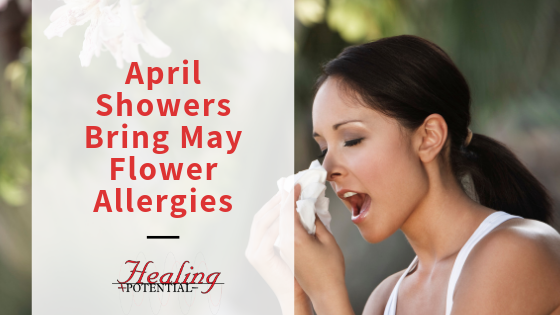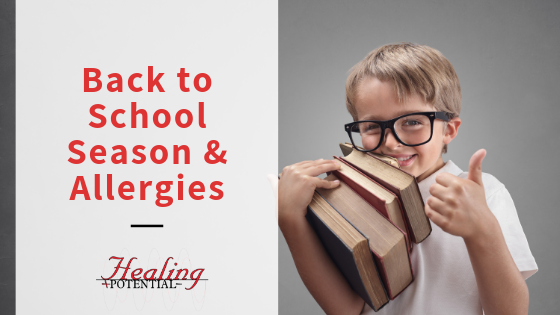
April Showers Bring May Flower Allergies
It’s that time of year! Everywhere you look, there are budding trees, blooming flowers, and new grass. It feels almost magical how your backyard can change from barren wasteland to lush garden in just a few weeks’ time.
While all the greenery is lovely to look at, it’s terrible for spring allergy sufferers. For those with allergies, the new plant life isn’t magical at all. It’s a sign of things to come–like itchy eyes, runny nose, and a scratchy throat. It’s like having a bad cold, but it lasts for months instead of a week.
Even worse? Allergy specialists have warned that this year’s season might be particularly severe–perhaps the worst year ever on record. With temperatures steadily on the rise, we can continue to expect longer, more intense, allergy seasons as time goes on.
Thankfully, there are steps you can take to minimize the effects on your everyday life. Keep reading to learn more:
What causes spring allergies?
If you are one of the more than 50 million Americans who suffer from spring allergies every year, you likely have a sensitivity to pollen. The actual allergy is called Hay Fever, and it’s caused by the fine powder that comes from the stamen of flowering plants.
Pollen is fine and lightweight in texture. It can be carried for great distances by the air current (if you’ve made the mistake of leaving your windows open in the spring, you’ve likely woken up to furniture covered in a fine, green dust). These pollens are also easily inhaled when they come into contact with your nose or mouth. Spring blooming plants include oak, birch, hickory, pecan, and several grasses and weeds.
What can We do to ease allergy symptoms?
- Allergy Testing. It’s true that your seasonal allergies could be caused by pollen but there are many other allergy triggers both indoors and outdoors. Understanding your triggers is the first step in creating a plan to reduce your body’s response to allergens.
- Keep the pollen outside. During allergy season, you can reduce pollen exposure in your home by removing shoes at the door, keeping windows and doors shut, and spraying down pets before they enter the house.
- Keep your indoor air healthy. No matter what you do, some amount of pollen will still get into your home. You can keep the indoor air cleaner by investing in a quality air filter. Filters clean the air of pollen, pet dander, harmful odors, and even mold spores.
- Monitor local pollen counts. There are dozens of apps and websites that track local air quality and pollen counts every day. Simply log on, check out your area’s forecast for the day, and then make smart decisions about if and when you’re going to spend time outdoors.
- Try allergy clearing therapy. Allergy clearing works by asking the body what it is currently seeing as an enemy and enabling the body to recognize that same substance as a friend. Many people report noticing an improvement in just a few clearing sessions, but the full benefit is seen over time with the combination of the clearing plus proper supplementation.
Ready to get started on the road to your best life possible? Reach out today to set up your free consultation to help free you from those seasonal annoyances that can bring with them a huge burden.


